Speaking of the factors that affect diving experience, we could not avoid the visibility. Silfra Fissure in Iceland, as known as the world's best visible dive site, its underwater viewing range exceeds 100 meters, which is enough to make many divers excited! While Thousand-islet (Qiandao) Lake, although catch a glimpse of the ancient city is a pursue, It was too dark to see the whole picture.
![]()
Thousand-islet (Qiandao) Lake
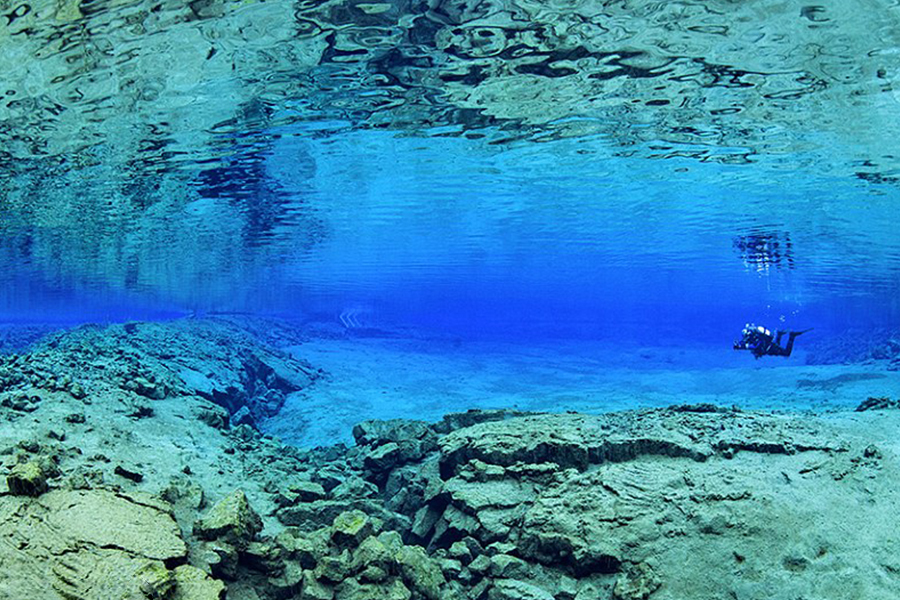
Iceland's Silfra Fissure
In your most impressive diving memory, was the underwater visibility just one meter away and know nothing in front of you, or was the visibility tens of meters and pretty transparent like glass?
When start to learn about diving, we know that the water flow, weather, plankton, and bottom structure in the diving environment can affect water visibility.
Water flow (waves, currents and fin kicks) can stir up sediment on the bottom, which cause reducing visibility.The weather can reduce or improve visibility. Wind blows and waves (the movement of water) that stir the bottom of the water; rainfall brings sediment from land into the water, and so on.
Plankton sometimes show amazing reproductive capabilities under certain circumstances, causing the water to become murky.
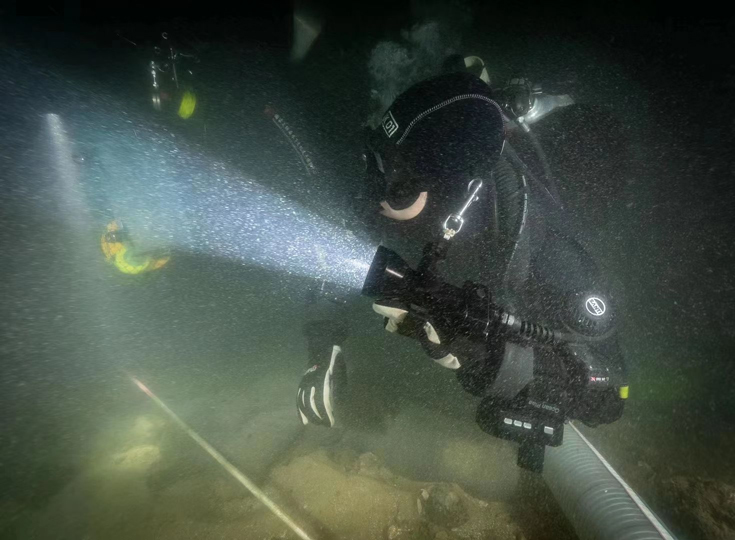
Diver wear dive navigation computer Navygator-M in low visibility
The property and structure (concentration, size, shape) of particles in the water also affect visibility.
So does low visibility mean we can't enjoy diving?
Diving in low visibility can be enjoyable if conditions allow, there are some divers can still find their best status in the worst of conditions.
There are some divers, such as public safety divers, they will have to take a venture dive into low-visibility water area environments. Regarding of recreational divers or experienced divers that dive in low visibility waters which is full of challenging and mysterious adventures, so as to look for a treasure hunt.
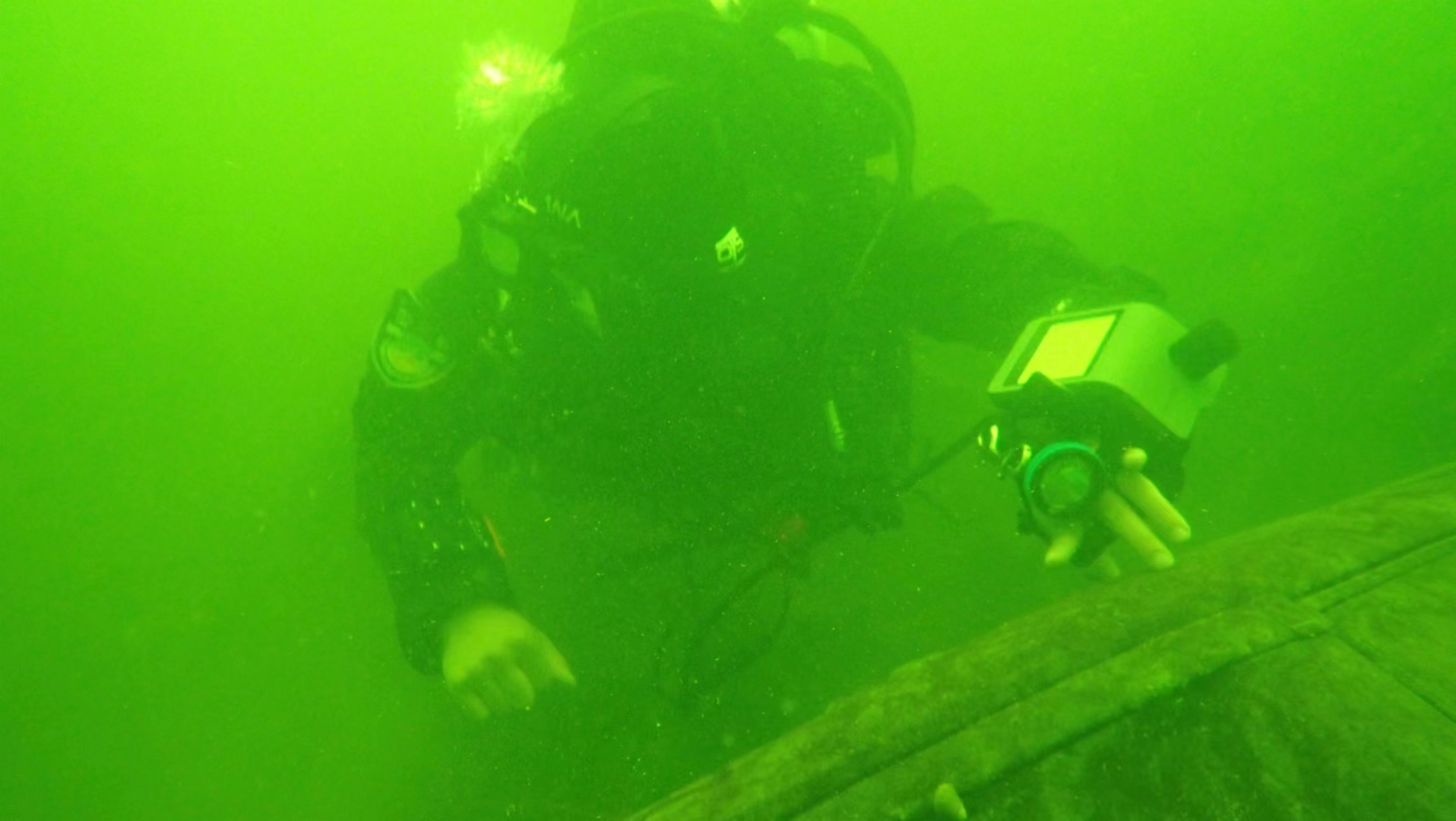
Public safety diver wear dive navigation computer Navygator-Pro in low visibility
While most conditions are predictable, diving in poor visibility is like driving in dangerous fog. Low visibility can be especially tricky when divers are not prepared. The stir turbidity could happen when hitting the bottom of the water, or one mistake action can knock you out of visibility.
So what are the possible risks when diving in low visibility?
1. Difficult to stay with buddy.
2. It's hard to know where you are and where you're going in this case.
3. During descents and ascents, it is possible to be disoriented, especially if the bottom or surface is not visible.
4. It is also easy to cause panic, and panic is one of a diver's worst enemies.
Poor visibility doesn't mean it'll definitely ruin your dive - professional skills and tools can make it easier for you, here are some tips for coping:
Good mindset
Each diving practice is a training of one's own mentality and thinking. Relax your eyes and body, and gradually perceive the surrounding environment, which will help your senses to better collect peripheral signals. Having a calm and composed state of mind can help us better adapt to the changes and uncertainties underwater, and help you prevent panic to further ensure safety.
Right tools
Before planning a dive, make sure you have the proper equipment and the confidence to use it. These equipment may include dive lights, strobe lights, surface marker buoy (SMB), spools, reels, dive computers, compasses and other navigational aids such as underwater communication navigation systems.
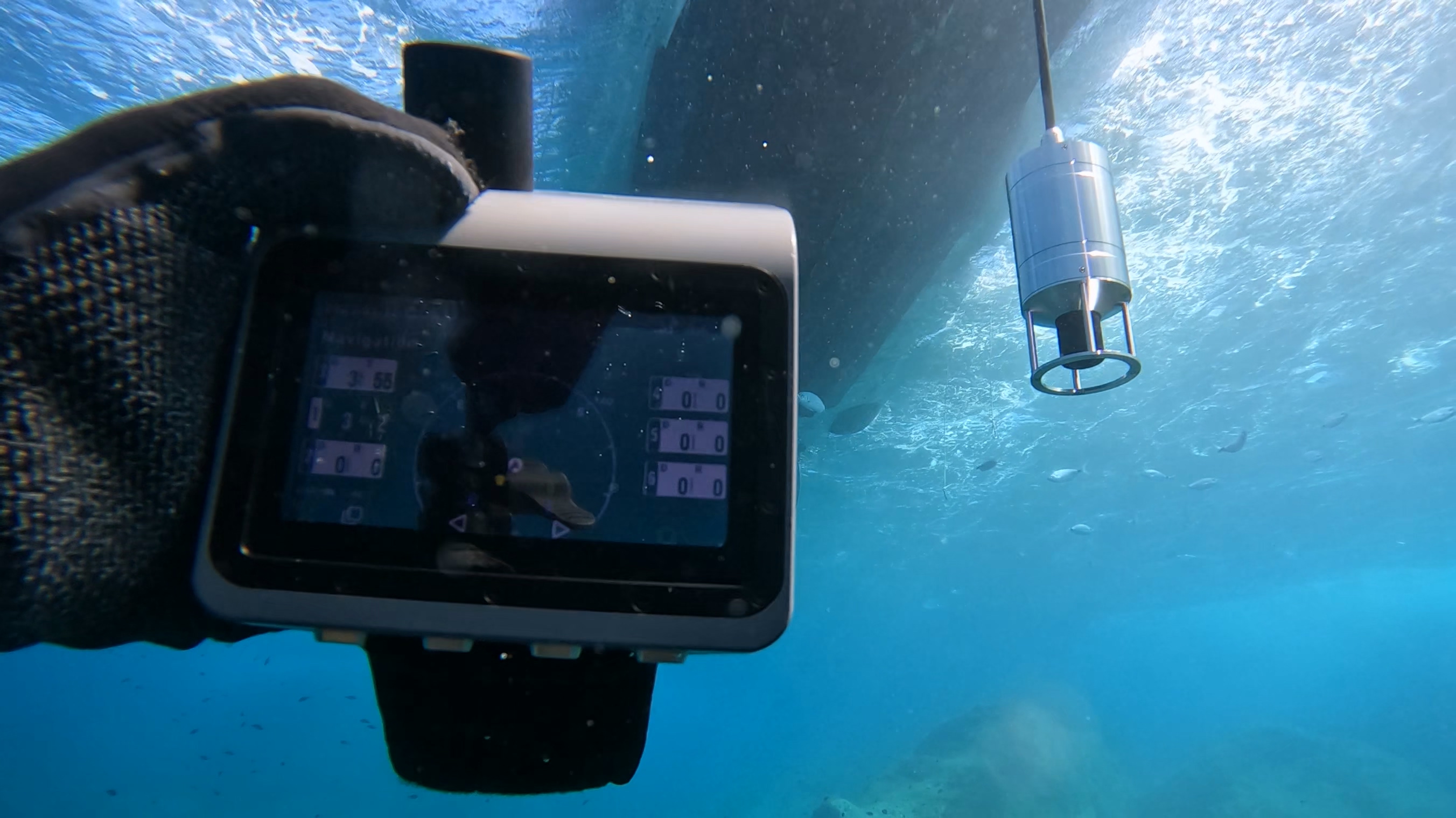
Ocean Plan underwater communication navigation systems.
Use other senses
When we are on land, vision is often the sense we mainly rely on, which provides a lot of information and data to help us recognize and understand the environment. However, once we're underwater, especially in low-visibility conditions, the usefulness of vision is limited. You will be surprised to find that you can perceive subtle changes in your surroundings through touch and hearing. We can touch the surrounding objects with our fingers, feel the direction and strength of the water flow, and judge the position and posture. Tactile acuity seems to be enhanced in water, giving us a more intuitive understanding of our surroundings. At the same time, hearing becomes more sensitive underwater. We can distinguish sounds from different directions through hearing, be alert to the surrounding movement, and perceive the position and movement of the diving partner. Diving in low visibility is more than an adventure, it's an exploration of the senses.
Maintain neutral buoyancy and trim
Maintain a relatively stable neutral buoyancy and trim, so as not to bring up the sediment on the bottom of the water or stir up the surrounding structures to cause mess.
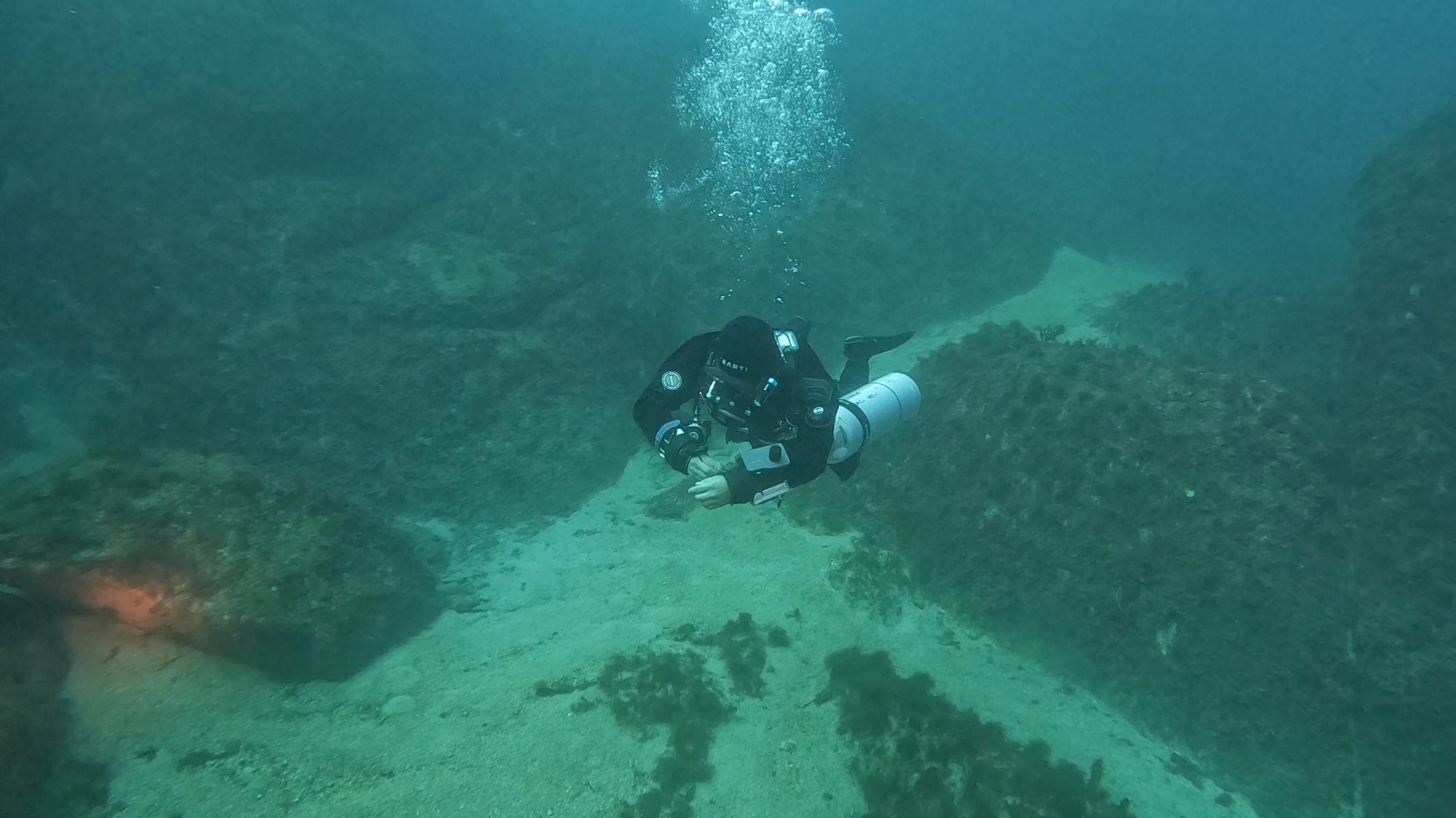
Maintain neutral buoyancy and trim
Plan your strategy underwater
If the visibility is too poor to communicate with gestures, some diving actions can be agreed in advance, such as tapping the gas cylinder, using your diving light to send out strobe signals, etc., which are all good communication methods.
Keep in touch
Never lose touch with your dive buddy, as you still need to be able to communicate with each other in an emergency. Using visual and audible signals, agree on a united signal with each other, or stay in touch with the help of underwater communication and positioning methods.
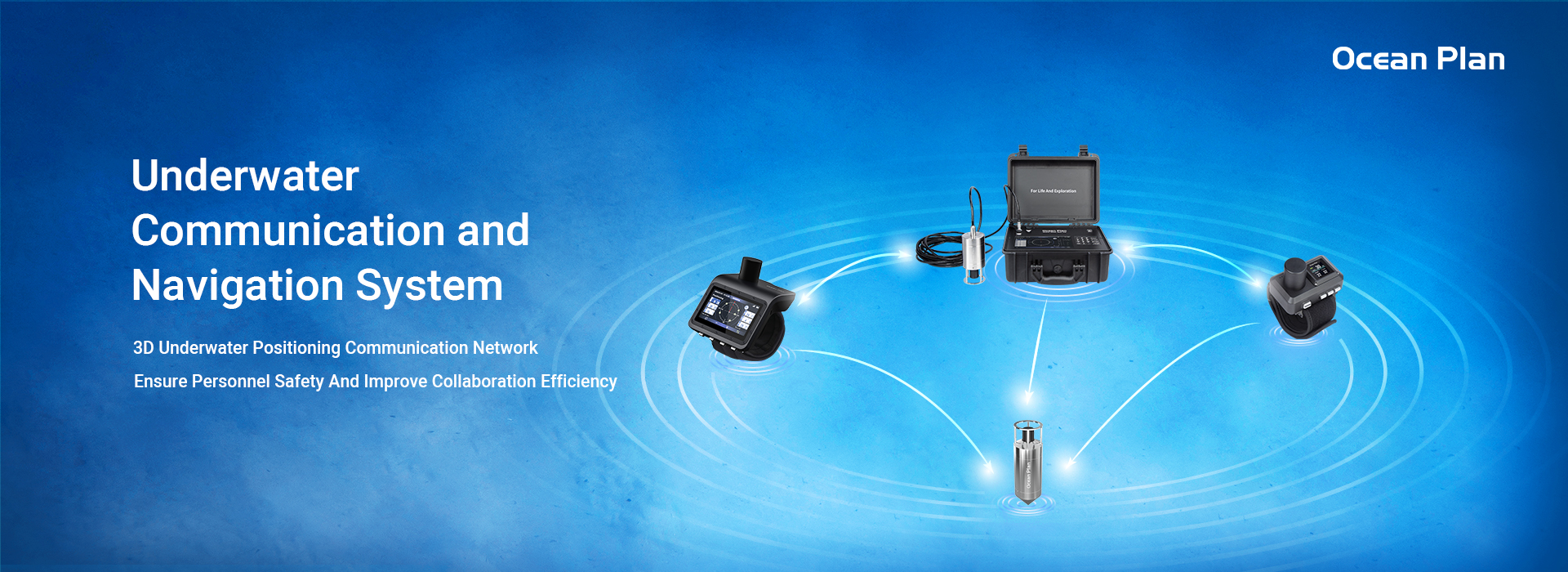
Ocean Plan underwater communication navigation systems.
In low-visibility or zero-visibility conditions, when there is no underwater communication and positioning equipment, public safety diving teams use line ropes. Divers use line ropes to transmit signals to surface personnel, and surface personnel use rope language to maintain communication with divers.
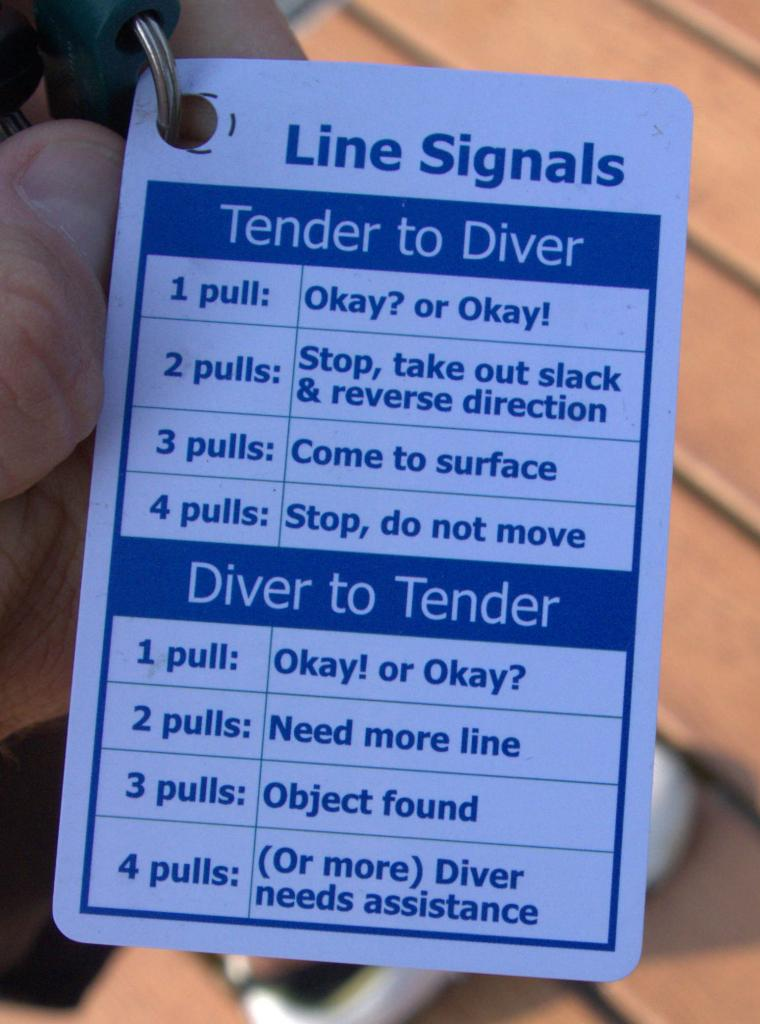
Public safety diving rope signals
Slow down
Slow down everything, calmly recheck your gear, and reassess your current situation.
Accessories
While black gear looks cool, bright yellow diving fins or a more recognizable headgear can help your buddies spot you underwater in low-visibility conditions.
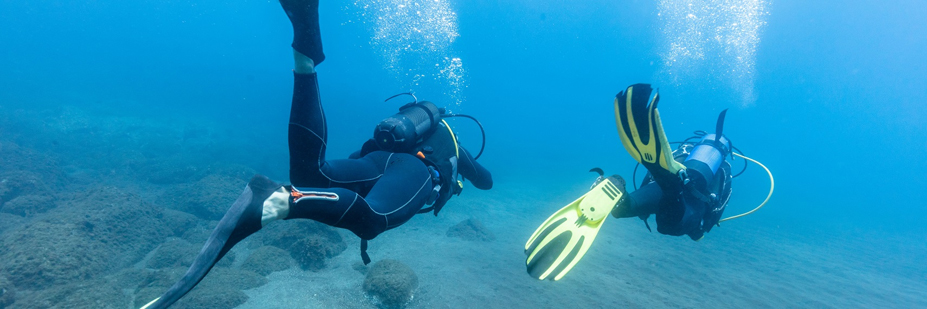
Bright yellow diving fins
Special accessories
Skillfully use of some special accessories as auxiliary tools can further enhance the diving experience. For example, Ocean Plan has designed a special accessory for the low-visibility water environment - Underwater lens.
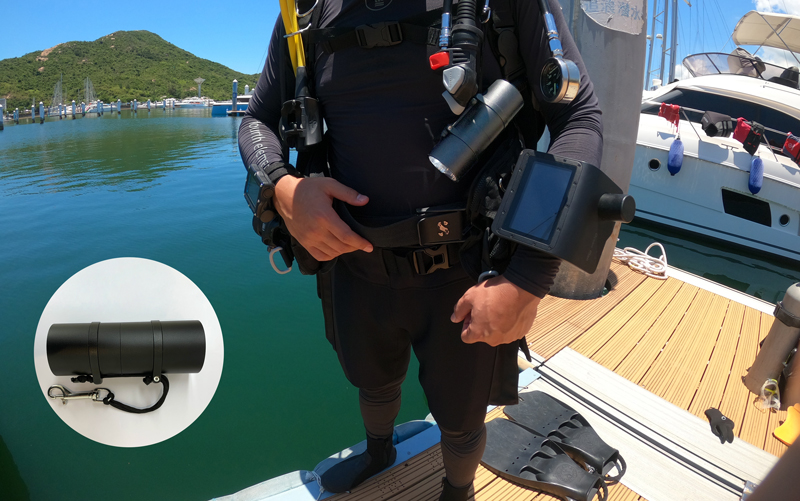
Underwater lens
Divers can obtain a better perspective and information underwater through underwater lens, especially those underwater areas that with zero visibility.
Zero-visibility waters are the type of waters that public safety divers often encounter. Some areas even if you put your hands in front of the mask, you can't see your hands clearly, let alone grasp the direction and find targets underwater easily.
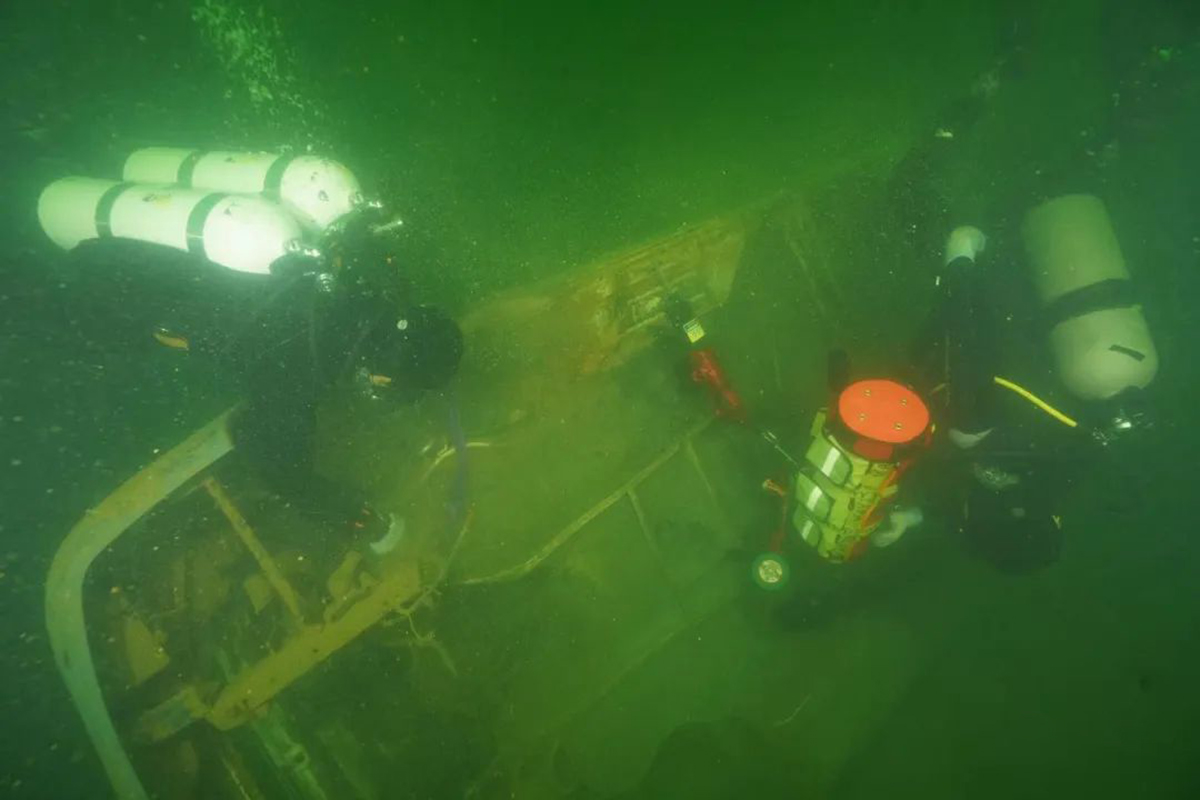
Public safety diving in low visibility
The lightweight and portable underwater lens directly isolates turbidity, and the diving data is clear at a glance. The diver puts the underwater lens on the screen of the dive navigation computer, dive computer and other equipment, and can read the information of the underwater communication and navigation system in real time, such as underwater real-time positioning, underwater 3D navigation, underwater text messages sending and receiving, SOS alarms and abnormal warning etc system data.
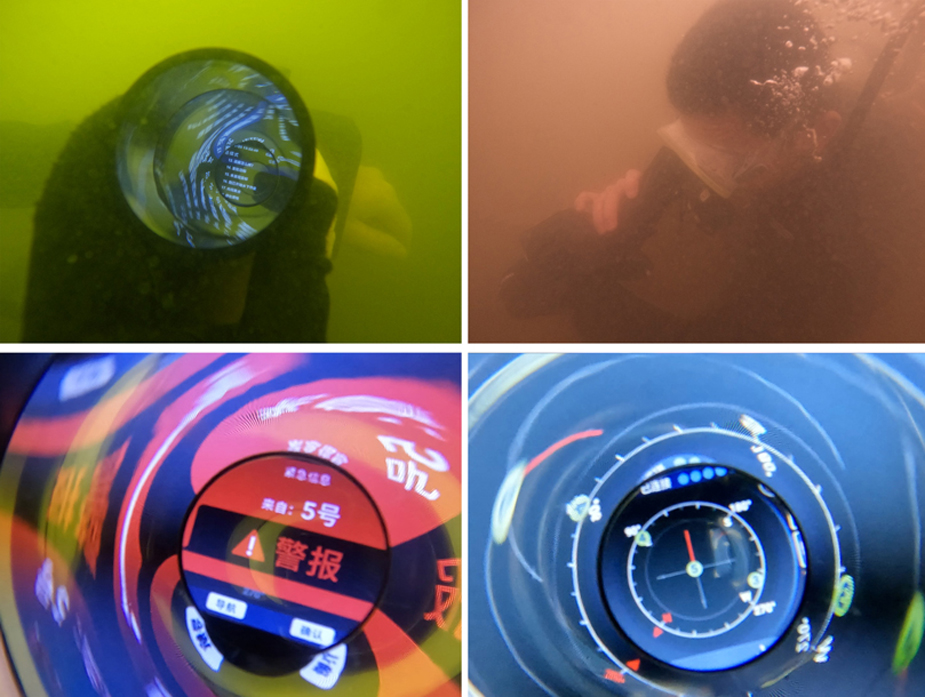
The video below shows that the underwater lens helps divers to obtain real-time diving information, thereby reducing the risk of divers diving in low visibility, especially in no visibility, and improving the safety level and collaboration efficiency of diving.
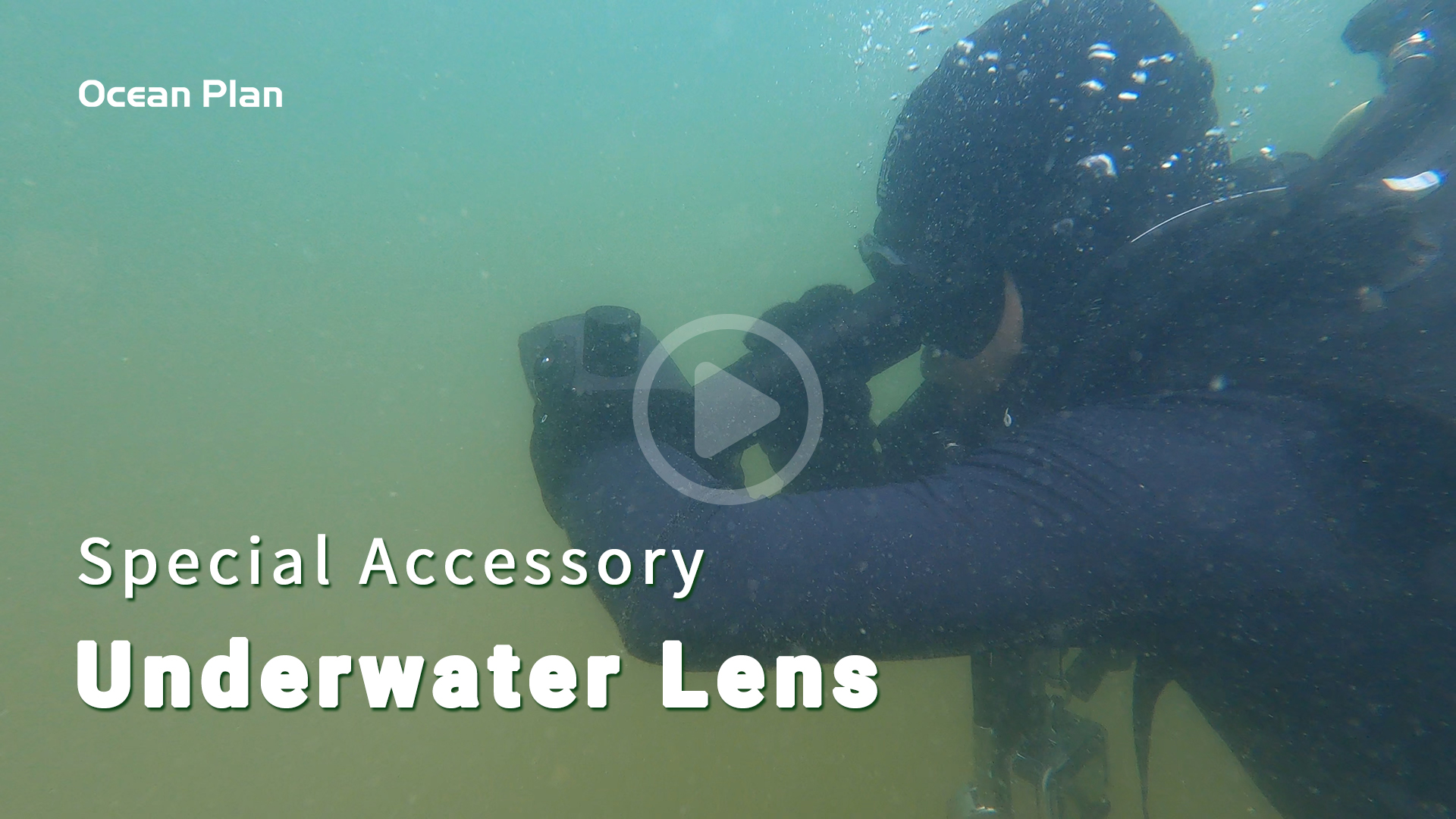
For more info about underwater communication and navigation system, please click>> Products
And discuss more low visibility diving solution, reach to info@oceanplan.cn